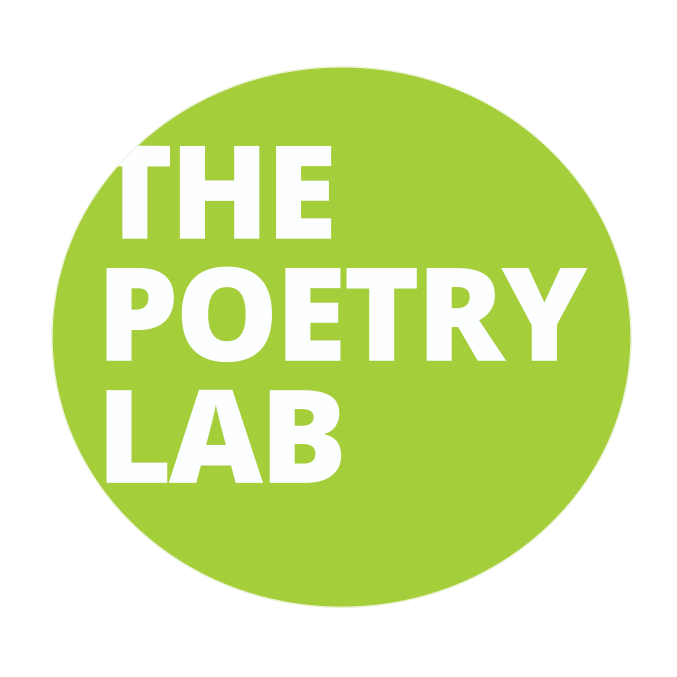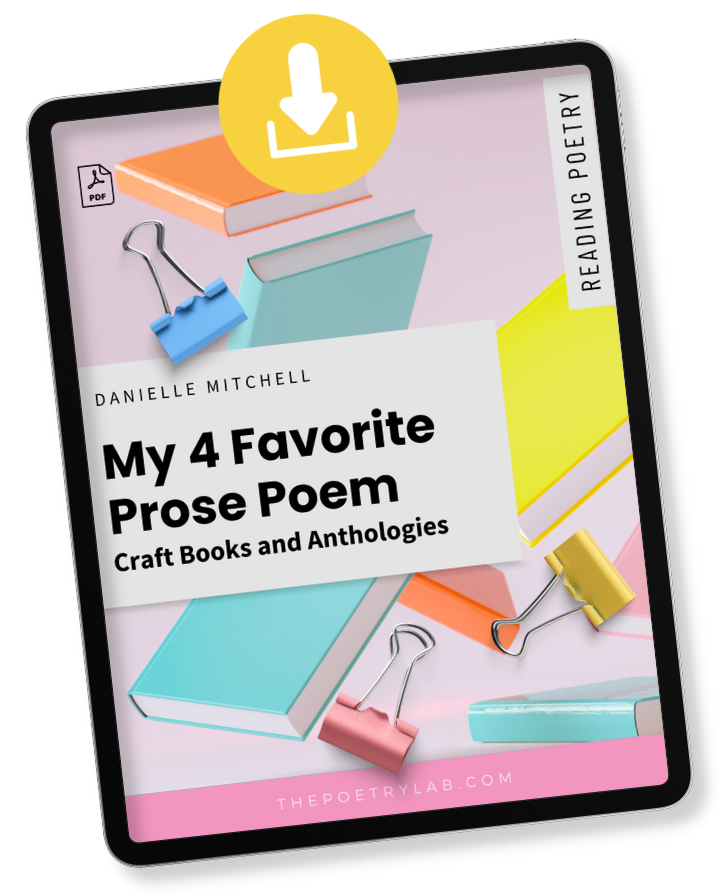
Finish, Publish, Promote, Survive
publishing
DANIELLE MITCHELLA Guide to Publishing Your First Book
GO BACK TO THE RESOURCE CENTER >
The first book on publishing I ever purchased was How to Get Happily Published. I was thirteen years old and still remember the bright, chirpy cover boasting “Over 500,000 Copies Sold!” Of course, the advice inside was far from helpful for a thirteen-year-old poet, but I already knew that I wanted to be a writer, and spending my birthday money on How to Get Happily Published seemed like a good idea at the time. Many books promise industry secrets, emotional support for creatives, and self-publishing tips and tricks. Still, I have never encountered a book that has pinned down exactly what to expect from a career as a literary writer. How to Get Happily Published may not be filled with the kind of actionable advice and knowledge we need, but that still is the goal: to get published.
Courtney Maum’s Before and After the Book Deal offers a thorough look into literary publishing from the point of view of a writer. The book is full of useful advice and as someone who teaches poets how to successfully submit their work for publication, I’m impressed by the efficacy of Before and After the Book Deal.
This book feels like the antidote to the typical academic response to the question: how do I get my work published? Which has long been to focus on your craft. It’s an evasive answer that we’ve all been handed at one point or another along our writing journeys. This idea lives and breathes in the essay of J. Robert Lennon in Scratch: Writers, Money, and the Art of Making a Living, which is un-ironically titled: “Write to Suffer, Publish to Starve.” Or, in the final chapter of the Mary Oliver’s beloved A Poetry Handbook where she concludes that after a time of diligent learning and workshopping, the writer will wander off into resolute solitude to do their work. It’s a pretty way to end a resourceful text on craft, but if, after you read it, you were still unsure how to write a cover letter, you aren’t alone.
All the information I use for my submissions class has been learned by doing, reading, editing, and paying attention. I’m proud of the materials I’ve gathered and the practical tools I offer, but I’m always hungry for more. That’s why I first picked up Before and After the Book Deal, which promises to be A Writer’s Guide to Finishing, Publishing, Promoting, and Surviving Your First Book Deal. I believe Maum delivers on that promise.
The professionalization of creativity, the commerce that comes after the creation, makes almost all of us writers uncomfortable. But Courtney Maum has managed to set the gatekeeping aside. A book like this has never existed; without any grandstanding or self-congratulation, she jumps right into the stuff that’s practical and actionable.
One of the most common questions I encounter in my class is how to write a cover letter. And bam! On page 43, without preamble or pomp, Maum includes a cover letter template.
It unsettles me to think of all the MFA students I’ve known who’ve left their prestigious universities, degree in hand, with absolutely no clue what their cover letter should look like. (This book retails for $16.95, my friends). Yes, there are resources out there for writers, but even helpful outlets like Submittable and Duotrope presuppose you know the basics, that you’ve had the talks with your teachers. We should all be baffled as to why this information was so secret to begin with. I know I’d have so much more respect for my college creative writing professors if they’d spent an hour one day bringing a simple template to class—or hell, why not show us one of their own cover letters? They surely had them, but refused to say a word about it (shout out to Alexander Chee who has written openly about the knowledge he is supplying his creative writing students with).
keep reading for my favorite practical ADVICE from the book…

On rejection:
“If you receive a rejection, do not contest it. Never. You may not…Following up rejection with a ‘You’re all a bunch of losers anyway,’ email is a subpar human behavior that will get you blacklisted from a lot of magazines.”
On submitting to contests:
“If you start to win or place in contests (which means you are a finalist or a runner-up), you can mention these achievements in your query letters. Duotrope, Poets & Writers, The Writer magazine, and The Writer’s Chronicle are all great places to keep on top of contests, and if you don’t place, make sure to read the winning entries to see what made them shine. Turn your letdown into a learning opportunity.”
Advice for LBGTQIA folks:
In creating the book, Maum has interviewed a large swath of writers, their advice is incorporated throughout. A good example of this is in a later section of the book where Maum covers book touring called “When the show goes on the road.” Here there is specific advice for writers in the LBGTQIA community, women, and people of color.
“Bryan’s [Borland, founding editor of Sibling Rivalry Press] advice for queer authors heading out to promote their work is to focus on connection: ‘If you connect with one person—if your work builds a bridge to that person, or gives them tools to build a bridge outside of themselves to where they need to be, it doesn’t matter if you have twenty people or ten people or one person at your event, then you have done your job.”
Advice for women:
“Being a female author is like handling a chainsaw in public—people are gobsmacked when they realize you are practiced at your craft…In our current cultural moment, women have to work harder, produce more, and be better groomed than their male colleagues in order to be taken seriously.”
Advice for writers of color:
“Porochista’s [Khakpour, author and journalist] advice for people of color who are about to have a book out is the following:
1. Remember that you don’t need to be any more appreciative, grateful, etc. than white writers.”
Khakpour’s advice continues for two pages!
On mental health:
Much to her credit, the last bit of advice Maum gives before concluding her book with a chorus of voices from other publishing professionals and authors is about mental health.
“A writer’s work is intensely private, but book publication is public…Many writers (myself included) find talk therapy to be a crucial form of professional support once their books are in the world.”
Well-rounded and approachable, Before and After the Book Deal doesn’t leave you wanting. From finding and maintaining a literary community without an MFA to practical advice for “when Trump happens to you;” from how to manage your email inbox to reevaluating your professional relationships after your debut, it’s all here.
The practical advice in Before and After the Book Deal has made me feel like I’ve gone the extra step to insure folks in my submissions class are getting the right advice. For them, and for me, I want transparency in publishing, more books like this one and Manjula Martin’s Scratch (if we’re making a list). I want more books with templates, practicalities, and lived experiences. More books with realistic and intersectional models to work from. In line with the transparency I crave, Before and After the Book Deal, is straightforward, unapologetic, and meant for artists like you and me who may not relish the professionalizing of our creativity, but who recognize the need to finish, publish, promote, and survive it.
📙 Grab your copy!
Two books about publishing that are actually helpful for poets!
This article was posted on July 26, 2022. Written by:




